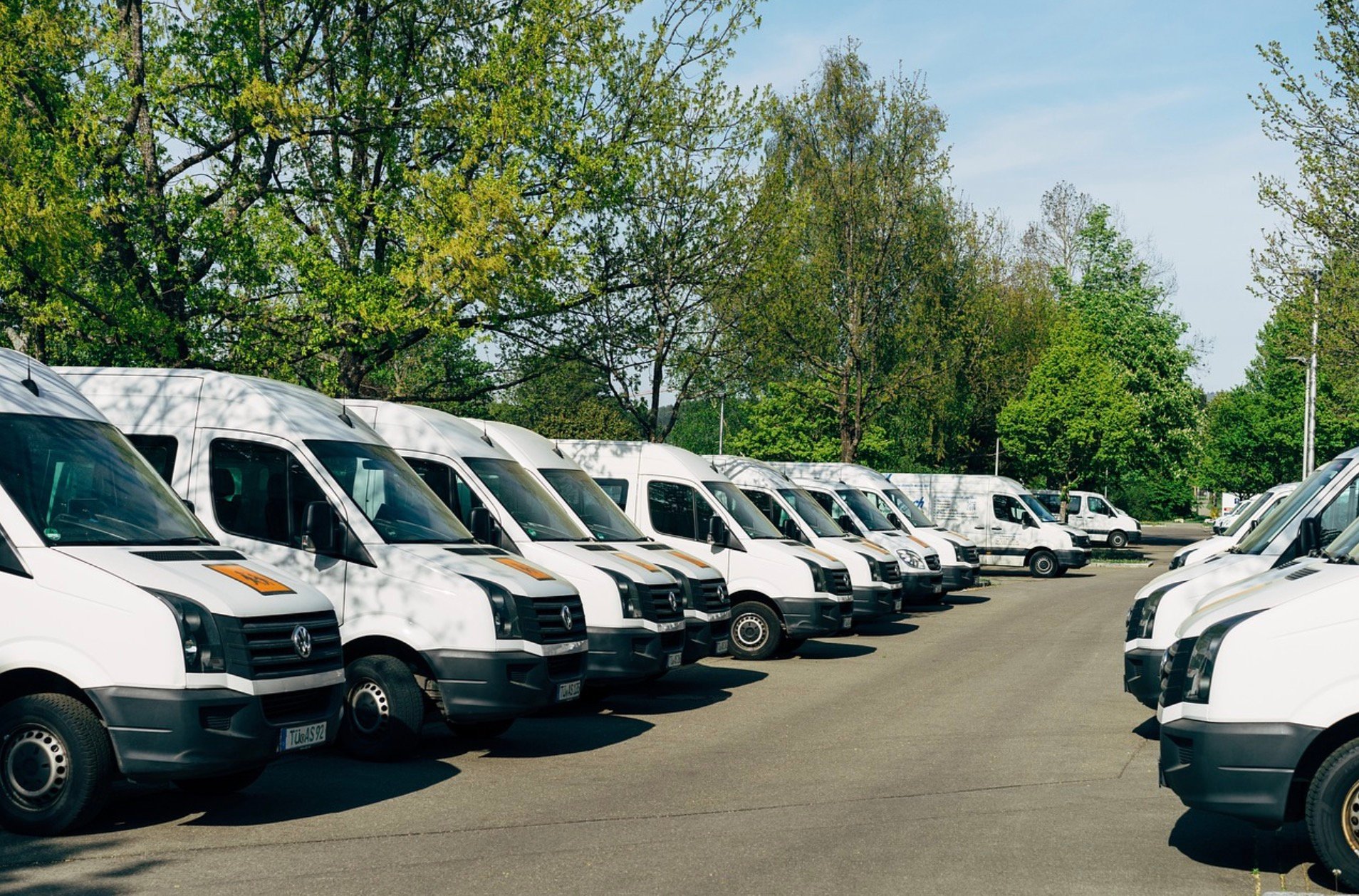
Many businesses are still using manual processes to manage their transportation systems – resulting in high operational costs and large margins of error. Other businesses use a range of different applications to manage their processes – creating confusion and trouble transferring information across platforms.
Transport Management Systems emerged as a way to counteract these common issues, and streamline the entire process of transportation. But, you may be asking, what on earth is a Transport Management System? What do they do? Do I need one? Never fear, we’ve put together the answers to all of these questions (and more!) in the article below.
First, What Is a Transport Management System (TMS)?
A Transport management system is a type of logistics platform that aims to help businesses centralise and coordinate all of the transportation activities that they already engage in, including dispatch, warehousing, accounting, scheduling, documentation, route optimisation, and much more.
What Features Does a TMS Typically Have?
Different transport management systems offer slightly different features, but most have a range that allows you to tackle the areas of route optimisation, delivery management and accounting. Delivery management features such as driver allocation tools, barcode scanning, sign-on-glass, and GPS consolidation allow management to get drivers on the road and transporting goods with more efficiency, whereas accounting features such as automated invoicing, real-time quote capability, and a range of useful integrations reduce the potential for human error. Finally, a range of route optimisation tools allow for shorter delivery times and lower fuel costs.
Why Do You Need a TMS?
Automated systems are undoubtedly the way of the future: saving both time and money and increasing efficiency. With a range of tools to better coordinate and allocate deliveries and communicate with customers – the rate of late or failed deliveries can be greatly reduced, and the data collected by a TMS enables you to make more informed business decisions in future.
In comparison to an automated system, manual processes are also incredibly expensive in terms of labour costs over time, and don’t scale up as easily as your business grows. Other TMS features are also likely to save you some money, which allows for better control over efficient routing and fuel levies, so extra revenue isn’t swallowed by those pesky last mile fuel costs. Therefore, the initial investment in a strong and capable TMS can very likely save you money in the long run.
Which Benefits can a TMS Offer a Business?
1. Better Communication
An advantage of transport management systems being centralised is that they allow for increased communication across all levels of a business. Communication is a central part of every business, but is particularly important in the transport industry, which relies on the efficient coordination of numerous moving parts. After all, at the end of the day, it’s no good having worked out the perfect route if it isn’t in the driver’s GPS.
A TMS such as TransVirtual helps to create stronger communication between personnel at all levels of a business by creating a one-stop shop for every aspect of the business. In a single app, a manager is able to communicate with higher ups, schedule drivers, allocate jobs, and work out the fastest route to a destination in a way that is far more efficient than endless games of phone tag or post-its on the dashboard.
2. Decreased Admin
As we discussed earlier, the labour, time and expense required for manual administration processes can be a massive drain on the productivity and profitability of your business. By automating a variety of processes, a TMS allows you to take that time back and focus more on planning for the future. What’s more, a human can only get a certain amount done in a workday, meaning that as your business grows you would need to take on more and more administrative staff, at great cost to your businesses. Computer algorithms simply don’t have this problem, and can be scaled up easily and at far lower prices than several yearly salaries. This allows for a wider margin of profit for your business over time.
3. Increased Accuracy
Both businesses that run on manual systems and those that run on a hodgepodge of different applications face the same issues with errors. For manual systems, a certain degree of human error is somewhat unavoidable and, on a larger scale, these errors can add up into quite problematic financial or organisational inaccuracies. The same is true for businesses using a range of separate, unintegrated tools and applications, where conversion errors between different, incompatible softwares are common.
With a TMS, processes are both automated and centralised, eliminating the risk of conversion or human errors where it counts. In the bigger picture, this allows businesses to both avoid financial headaches and more accurately analyse their performance over time.
4. Customer Satisfaction
A TMS can also offer a range of benefits for customers. One of the most common gripes consumers have with transportation services is a lack of transparency, communication, and efficiency: all of which can result in customers feeling unsure of their delivery’s progress and unhappy with the service they received. A Transport Management System worth its salt will have a range of tools that allow you to communicate with customers, such as customer portals and advanced track and trace, which enable customers to receive real-time updates on their order’s status. Other capabilities, such as automatic invoicing and sign-on glass, help to smooth out the order and last-mile processes and ensure maximum efficiency. Overall, this creates better trust in your service (and far less angry phone calls to customer support).
Feeling Intrigued?
A Transport Management System is the way to bring a transportation business to the next level and take better control of your operations.
You may be interested in: Which Companies Have The Cheapest Auto Shipping Rates?

